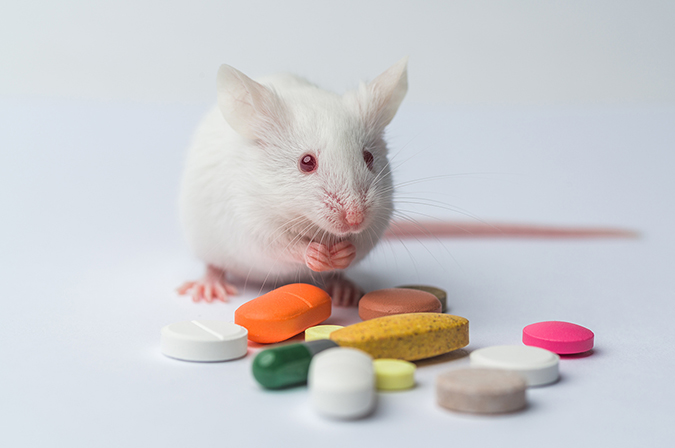Do 9 out of 10 drugs tested on animals really fail when applied to people?
Yes, it’s true. An overwhelming majority
of drugs tested on animals fail in subsequent human trials. Foes of
animal research cite this fact as unimpeachable proof that biomedical research
is an outdated and inaccurate practice that should be tossed into the dust bin
of history. Some animal rights groups, like the Humane Society International
(HSI), push this argument even further, provocatively asking if animal research
is “actually holding us back from realizing the promise of 21st-century
science?”
The activists are correct in
stating that the failure rate is very high. But is this the entire story? Does
this mean that animal research is a dead end?
+ Read More
Checkmate, researchers!
Interestingly, the failure rates cited by
opponents of animal research are inaccurate, but not in the way you might
expect: They actually are a
little higher than what is often quoted. But it
is the omitted information – the rest of the story, as it were – that is most important.
There are three important things to keep in mind when evaluating the activists’ claim.
First, just as relevant as the failure rate of drugs tested on animals, it should be noted that 86% of drugs used in human trials also fail in later human trials.
Second, the alternatives touted by anti-animal research groups (i.e. the computer models and cell cultures that are employed prior to clinical trials with humans) yield a success rate that is also well under 10%. The failure rate of the alternative methods is seldom pointed out, though – perhaps because research scientists and anti-research activists alike share the desire to identify effective alternatives to animal testing.
Third and finally, it’s important to consider that the first stage of testing drugs is largely about seeing if they are safe to use in human beings, rather than testing for efficacy. Searching for a cure must begin with proof that the drug won’t be worse than the illness itself!
The bottom line is that all testing, by its very nature, is a search or proving ground in unknown areas rather than an end in itself. At this time, living systems – such as those of rodents – provide far better models than inert alternatives. Life-saving drugs discovered in recent decades, such as Herceptin, a breakthrough drug for fighting HER2+ breast cancer simply would not have been possible without animal testing.
Who’s saying the failure
rate of animal-tested drugs in human patients proves animal research
is bunk?
Questions:
- Why are drugs used to treat humans first tested by other means, such as animals?
- Why, in animal research, are tests repeated, even after positive results are obtained in earlier testing?
- Is a “9 out of 10” failure rate acceptable when it comes to finding treatments and cures for diseases using animal research?
Further reading:
Tags:
Article


 .
.











Comments are closed here.